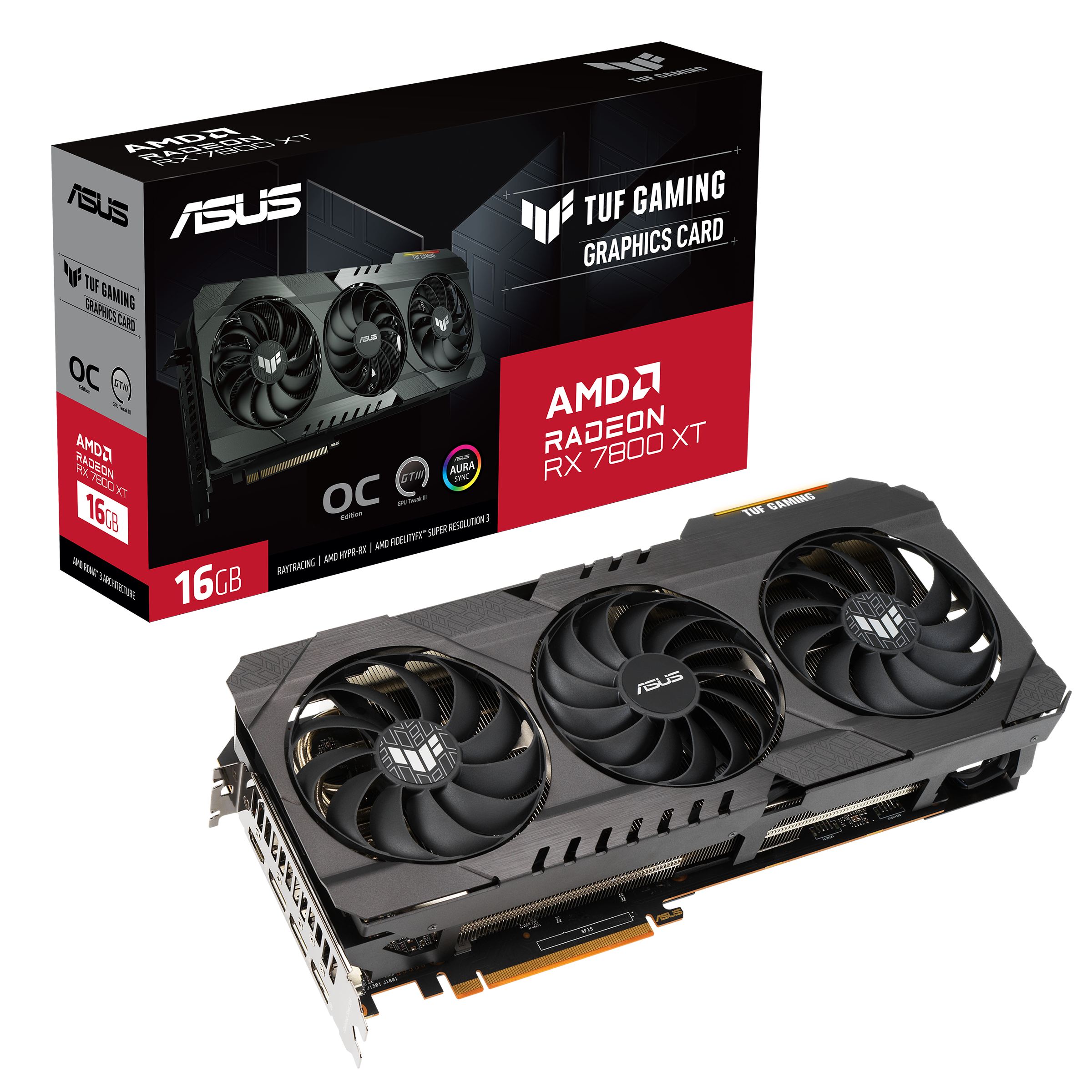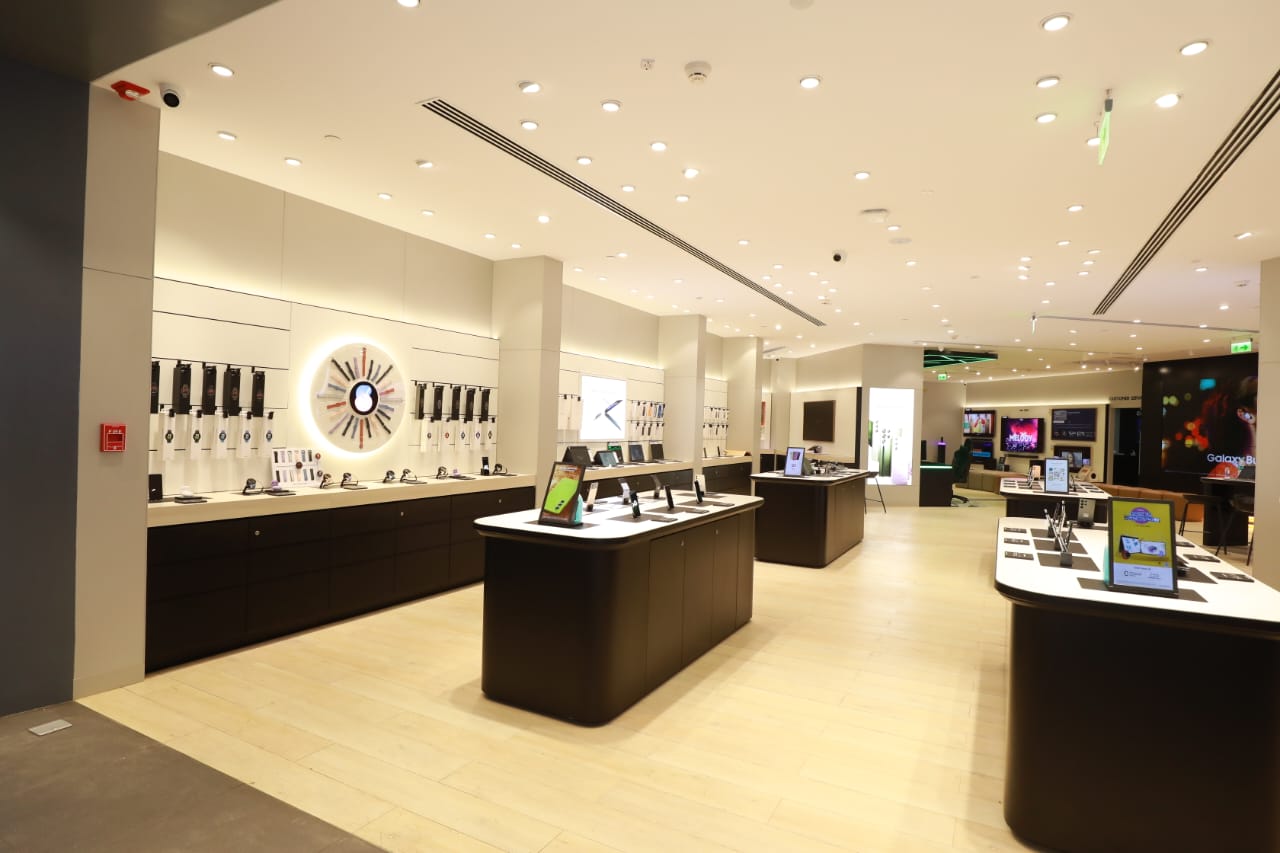The ASUS Graphics Card Delivers Value and Performance It’s not even been a few months but ASUS’ TUF Gaming Radeon…
Read More

The ASUS Graphics Card Delivers Value and Performance It’s not even been a few months but ASUS’ TUF Gaming Radeon…
Read More
SPECIAL FEATURE Wedding Destinations with Hyundai IN THE HEART OF MAHARASHTRA, WHERE the Western Ghats weave their majestic tales, lies…
Read More
SPECIAL FEATURE Wedding Destinations with Hyundai IN THE BUSTLING HEART OF INDIA, THE vibrant city of Delhi stands as a…
Read More
T3 PARTNERED Hyundai Ioniq 5 at a Wind Farm We seek to uncover the synergy between wind energy and the…
Read More
We drove the new Hyundai Verna to Visakhapatnam to experience the charm of a destination wedding.Special Feature Destination Weddings with…
Read More
Special Feature Hyundai Ioniq 5 to Solar PlantUnveiling the seamless alliance between the all-electric Hyundai Ioniq 5 and solar power…
Read More
Samsung India has inaugurated its largest Premium Experience Store in Telangana at the Inorbit Mall in Hyderabad, and announced attractive…
Read More
The Hyundai Ioniq 5 was unplugged once from the charger at our Pune office. For the next dose of electricity,…
Read More
Use regular performance routers in a mesh environment A dead or weak Wi-Fi zone is something everyone deals with regularly…
Read More